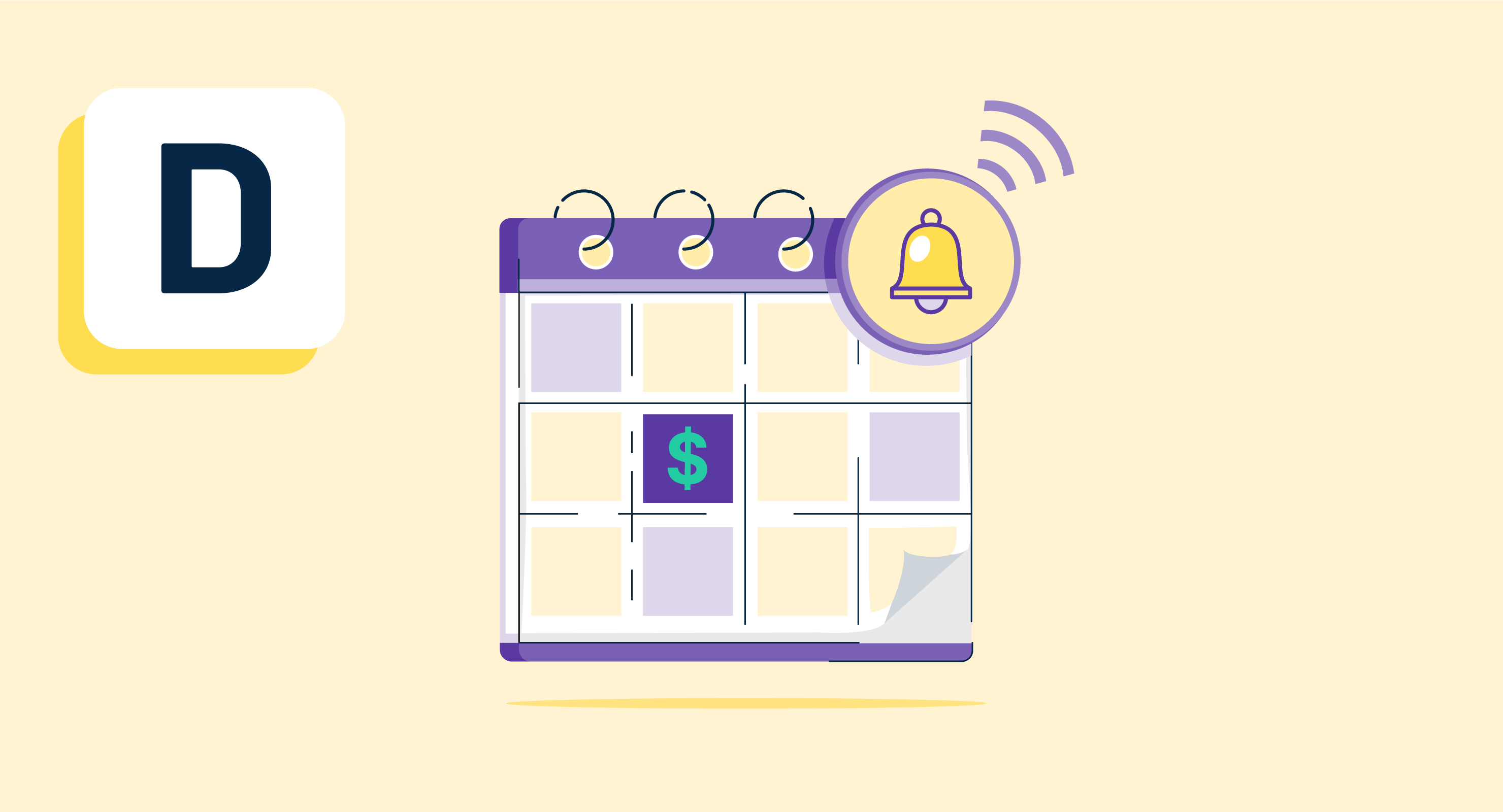What is dunning?
Dunning is the process of reminding customers, partners, or vendors of their due account receivables, ensuring their proper collection. In general, dunning means making persistent demands, but the term is primarily used to describe payments or debts due.
The process starts with gentle reminders, usually paired with the benefits of paying agreed fees, subscription charges, or debt. If the reminders go unanswered, the dunning process can evolve into phone calls, letters, or in-person reminders. When someone is legally obligated to pay an amount, the process can also extend to legal measures such as sending a legal notice or litigation.
Since businesses use the dunning process to reduce their churn rate and realize higher customer retention, it’s generally limited to innocent reminders for payments via emails or text messages. Many companies use software, such as credit and collections software, to automate sending reminders to inform customers of their payment due or subscription renewal.
Benefits of dunning
Modern businesses use dunning to receive timely payments from consumers. There are various benefits associated with the process.
- Speeds up payment collection: Dunning helps businesses collect payments from customers faster by sending instant payment reminders for failed credit card transactions or early reminders to renew subscriptions.
- Saves collection time: With automated dunning, accountants don’t have to send payment reminders to every consumer manually.
- Reduces churn rate: Dunning notifications remind customers of their pending payments and the benefits associated with paying on time, encouraging them to extend their business with a company.
- Increases efficiency: With reduced payment collection time, accountants can focus on business-critical tasks and accomplish more in their working hours with a streamlined dunning process.
- Improves customer experience: Dunning provides an enhanced customer experience by informing customers about payment failures and suggesting an alternative way to make the payment. It also helps the customers plan their financials by reminding them about their payment due dates.
Dunning best practices
Dunning can backfire if not done right. Businesses should understand the fine line between informing a consumer and nagging them.
Here are a few best practices to make dunning a delightful customer experience:
- Avoid pre-dunning: Businesses should refrain from sending warning emails before actual payment failures. Customers can take such warnings the wrong way and perceive them as aggressive and spammy.
- Give reasonable time: Payment failures can be hard on customers. Companies should provide sufficient time to repay, considering the usual time required in navigating a bank’s repayment mechanism.
- Keep the messaging concise: Businesses should deliver clear payment reminders to their customers with exact details on expected actions. While updating card details, the process should be structured with relevant items at every step to make it seamless for customers.
- Maintain consistent branding: Companies can use subscription management software to stay compatible with their branding while delivering dunning messages. It helps businesses showcase their credibility and avoid being sketchy with campaigns.
- Provide legitimate contact information: Businesses should provide precise details on contact information and the best-suited ways to solve customer queries in their dunning messages.
- Use empathetic language: When reminding customers about payment due dates or notifying them of payment failures, businesses should use kind and compassionate language to maintain the relationship and avoid churn.
- Strategize campaigns: Customers might not act on your first dunning campaign as their attention is divided between various tasks and activities. Businesses should strategize their dunning campaigns so that a customer doesn’t feel pressured but feels grateful about reminders. Companies can do it by planning dunning campaigns with ample time intervals.
- Track the right metrics: Businesses should keep a close watch over how many messages were sent, seen, acted upon, and set relevant checks and balances, so emails don’t end up in the spam folder.

Sagar Joshi
Sagar Joshi is a former content marketing specialist at G2 in India. He is an engineer with a keen interest in data analytics and cybersecurity. He writes about topics related to them. You can find him reading books, learning a new language, or playing pool in his free time.





















